After the first days of Birthright, I learned about the independence of Israel, the death of Yitzak Rabin, watched the sun rise on Masada, floated on the Dead Sea, stayed in Bedouin tents, and experienced the amazing desert landscape. I started piecing together an understanding of the history of Israel and the culture of its people. This led to some questions about what it means to learn about cultures. Is it traditions? Is it way of life? How do you learn about it? What does it mean today?
Throughout my travels, I hope to learn about the culture of each country I visit. It’s becoming apparent that culture goes way beyond the way people live or their unique sayings. It’s rooted in the history of the people, what they went through together and the politics. It’s in the stories and the legends. It’s in the language. The value of seeing famous landmarks in each country is about understanding the story and significance behind them so you can put yourself in the position of the people. Though I will only be in each country for a month or two, I could at least get a base, a foundation for what it’s all about. Reading about the history, learning a little language, visiting the landmarks, and speaking with locals are great first steps to really understanding the culture. Read on and you can get a taste.
Tel Aviv
On the morning of Monday, February 27th, we visited the ancient port city of Jaffa on the southern end of Tel Aviv. Jaffa is believed to be one of the oldest ports and may be the oldest in the world. There, seven Israelis our age joined us for the next few days of our trip. Some were soldiers and some were studying or working. In Israel, just about every citizen enters the Israeli army or National Service right after high school for at least two years. Afterward, some extend their service and many travel for a few months before entering university or starting work. We walked around Jaffa, getting to know our new friends before hopping on the bus to head downtown.
Next, we had an emotional experience visiting Rabin Square. Yitzhak Rabin was the fifth prime minister of Israel, serving two terms from 1974-77 and 1992-95. With the Oslo Accords, he was the first to make some real steps toward peace between Israel and Palestine. On November 4th 1995, after delivering a speech in this square, Rabin was assassinated. The event shook the ground of the entire country, as illustrated by the memorial. It created a feeling of insecurity in the nation, as for the first time, the threat came from within the country.
After Rabin Square, we stopped in the Carmel Market, the largest outdoor market in Tel Aviv with clothes, fresh fruits, vegetables, pastries, breads, and spices. Then we visited Independence Hall and learned about the creation of Israel. Israel’s declaration of Independence was signed in May 14th, 1948 followed by a famous speech by the first Prime Minister David Ben-Gurion.
We then had a volunteer activity playing with the children of Save a Child’s Heart. Save a Child’s Heart is an organization that helps children with heart problems in developing countries mostly in Africa to receive the medical treatment they desperately need. This facility hosts the children when they are receiving or waiting for their treatments. It was a great experience interacting with these children. In addition to assembling puzzles and braiding hair, they loved playing with our cameras!
Into the Desert
The next day was an early start and a big day. We woke at 4:30am, ate a quick breakfast, and headed out to the desert. We were racing the sun to the top of the famous site of Masada. As we were climbing the 45 minute hike, we saw an army group carrying large boxes to top. This was the ending point of their training. We reached the top and walked through the ruins to the far side, which overlooks the Jordan Valley and the Dead Sea. It was absolutely beautiful and I was humbled and in awe as the sun peaked over the far mountains.
After, we sat around our tour guide, Hillary, who told us the story of Masada as the sun continued to rise. Herod the Great originally built a palace refuge here between 37 and 31 BCE. In 70 CE, after the destruction of the Second Temple in Jerusalem, Jews fled to the top of Masada. In 72 CE, Romans surrounded the mountain and created a siege ramp to the top. According to Josephus, instead of being captured by the Romans, the 960 inhabitants chose to commit mass suicide. Since suicide is forbidden by Jewish law, the legend says that a few Jews killed every one else and then only one committed suicide. The amazing views, walking on the ruins, and hearing the stories was an incredible multi-sensory experience.
Afterward, we took a quick, but refreshing hike and dip at David Waterfall before heading to the Dead Sea. At the Dead Sea, we were all excited to get in. As we started walking into water we looked like zombies taking very slow steps as the ground consisted of sizable jagged salt crystals. Once in, however, it was a surreal experience. The Dead Sea is so salty that you literally float well above any other water you’ve been in. No need for treading water. We got out and rubbed dead sea mud over our bodies creating our own spa. We ate lunch and hit the road to a Bedouin Village.
The Bedouin people are Arabic desert nomads who have traditionally lived in temporary tent communities, moving with their families, camels, and goats to the mountains or desert during different seasons. At this village, our Bedouin host told us about their hospitable culture inviting guests for quarter cups of coffee (a full cup means you’re not welcome), having multiple wives, trading goats and camels, and moving from place to place with camel caravans. Nowadays, many Bedouin live in permanent villages and have cars. We sat down to a traditional Bedouin meal of rice with tomatoes and chicken and salads.
That night, we had a reflective exercise with our Israeli friends about how we view Judaism in the US and how it’s different than Israel. In the US, being Jewish takes many forms like being religiously Jewish, or being culturally Jewish like not practicing but having similar backgrounds and personalities growing up. The cultural Jew was not a common concept in Israel. In many ways, some Jews in the US, including myself are not connected all of the amazing history and stories of the Jewish people. For Israelis, connecting with the stories and history is natural.
That night we all sat in front of a bonfire in the desert. Below is an excerpt from my personal journal:
“I feel emotion, love, appreciation, excitement, humbleness, and fulfillment on this night sitting in front of a bonfire in the Bedouin camp with my trip peers reflecting on my experience. I’m so fortunate to have this. This has been one of the best group experiences, tour experiences, site seeing, learning, and reflecting I’ve ever had. Each day brings a new level deeper and new adventures. I can’t wait to see what’s next and continue my journey.”
The next morning, we took a short camel ride around the village before heading out. We stopped at Mitzpe Ramon, an incredible enormous crater in the desert 23.6 miles long, 3.7 miles wide, and 1476 feet deep and then traveled to David Ben-Gurion’s grave located in the desert at Midreshet Ben-Gurion. As Hillary was telling the story, the wind was blowing violently, the trees were swaying, and the air was misty with sand. It created an atmosphere of violence and chaos among serenity almost like the life of Ben-Gurion and life of Israelis. We walked another minute to the modest grave and square overlooking one of the largest basins. The colors are very different in the desert, but the landscapes are so dramatic with very steep cliffs, layered rocks and crazy perspectives that engender an appreciation for the forces of nature. It was beautiful in a way different than lush mountains that I’m used to.
Being in the desert allowed me reflect on all of the cultural experiences I had in these few days. I also thought about what learning other cultures means today. Geographic and political barriers are rapidly dissolving as people connect across borders on the internet and social networks. I suspect having a base understanding of the many cultures will become increasingly important in business and society. This understanding gives you a common ground to build relationships around the world.
When have you learned about cultures different than your own? How did you learn about the culture? What do you think learning cultures means today? Leave a comment at the bottom here.
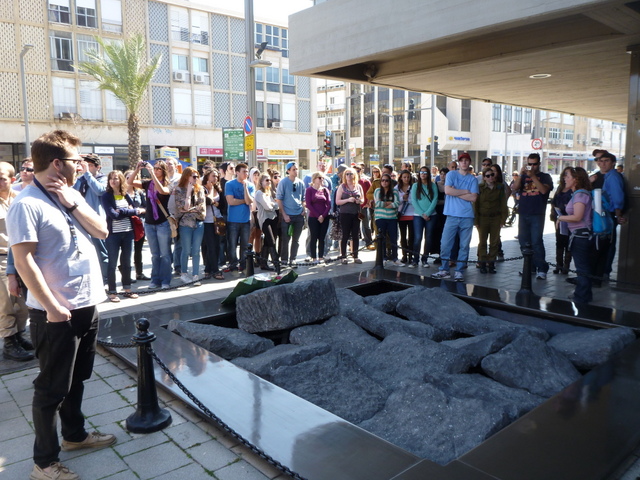
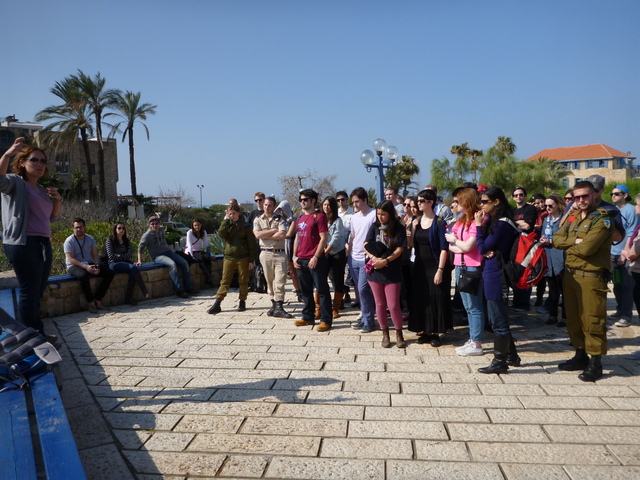
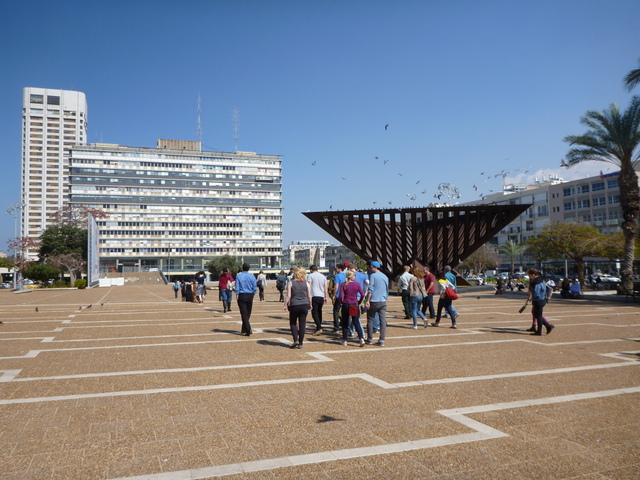
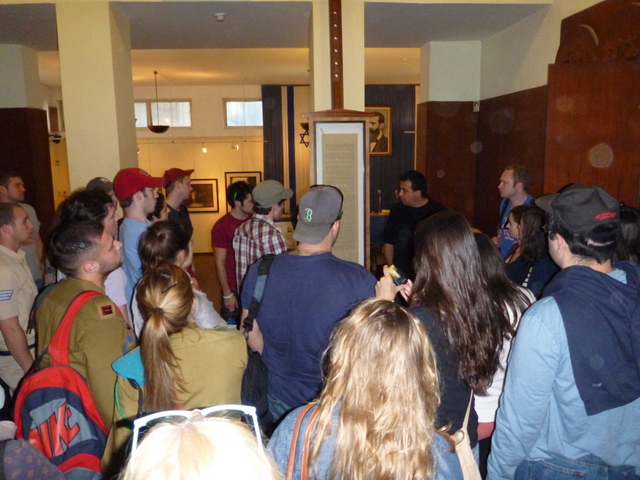
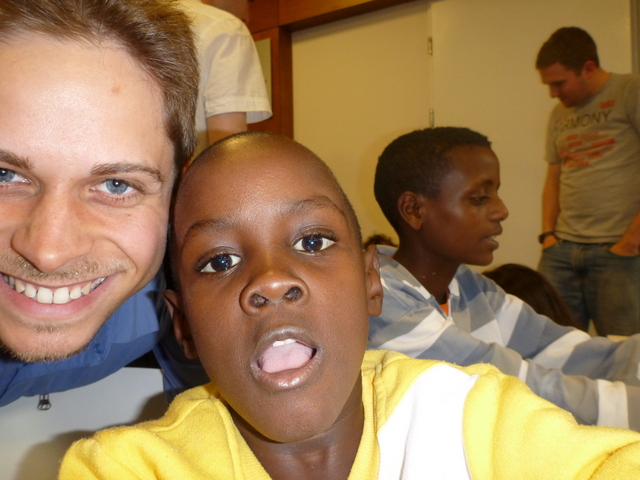
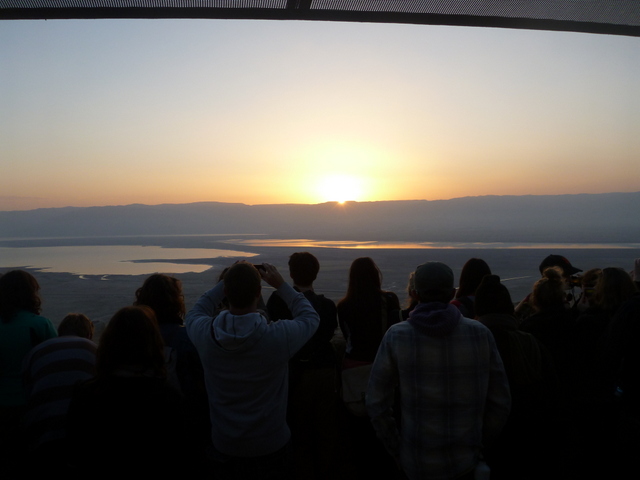
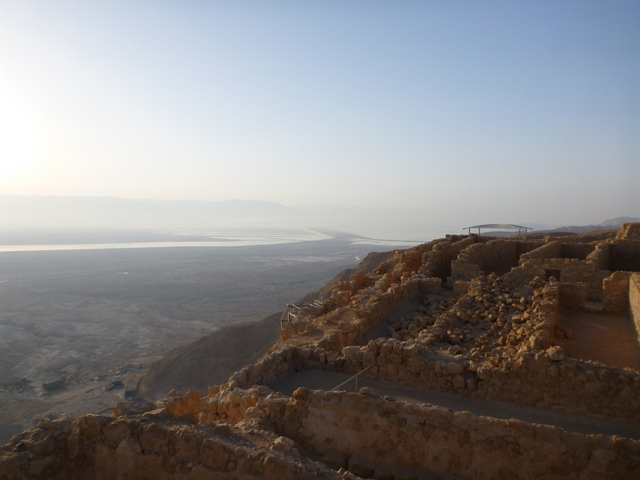
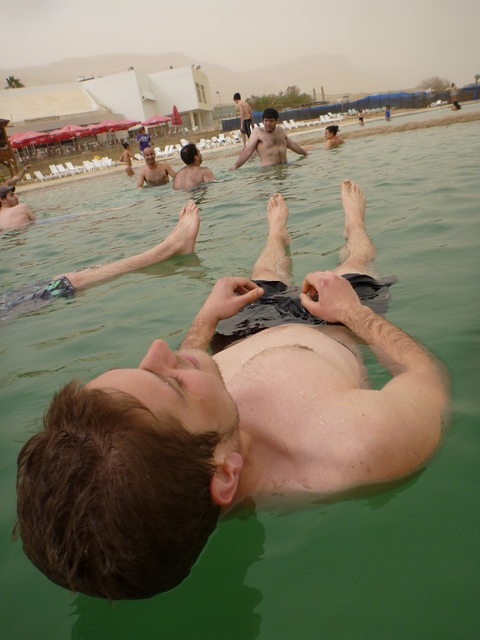

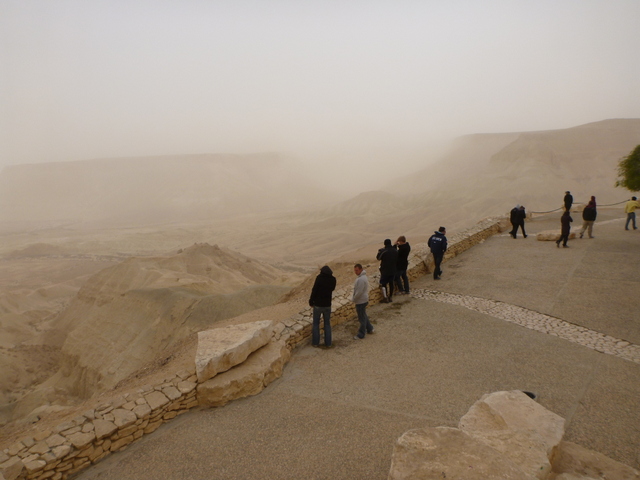
 I'm a travel junkie with an IT background. I backpacked around the world for 14 months creating adventures and learning. On this blog, you'll find stories and money saving travel tips that will help you make your travel dream a reality. Enjoy! Feel free to visit my social networking profiles below or my
I'm a travel junkie with an IT background. I backpacked around the world for 14 months creating adventures and learning. On this blog, you'll find stories and money saving travel tips that will help you make your travel dream a reality. Enjoy! Feel free to visit my social networking profiles below or my 


